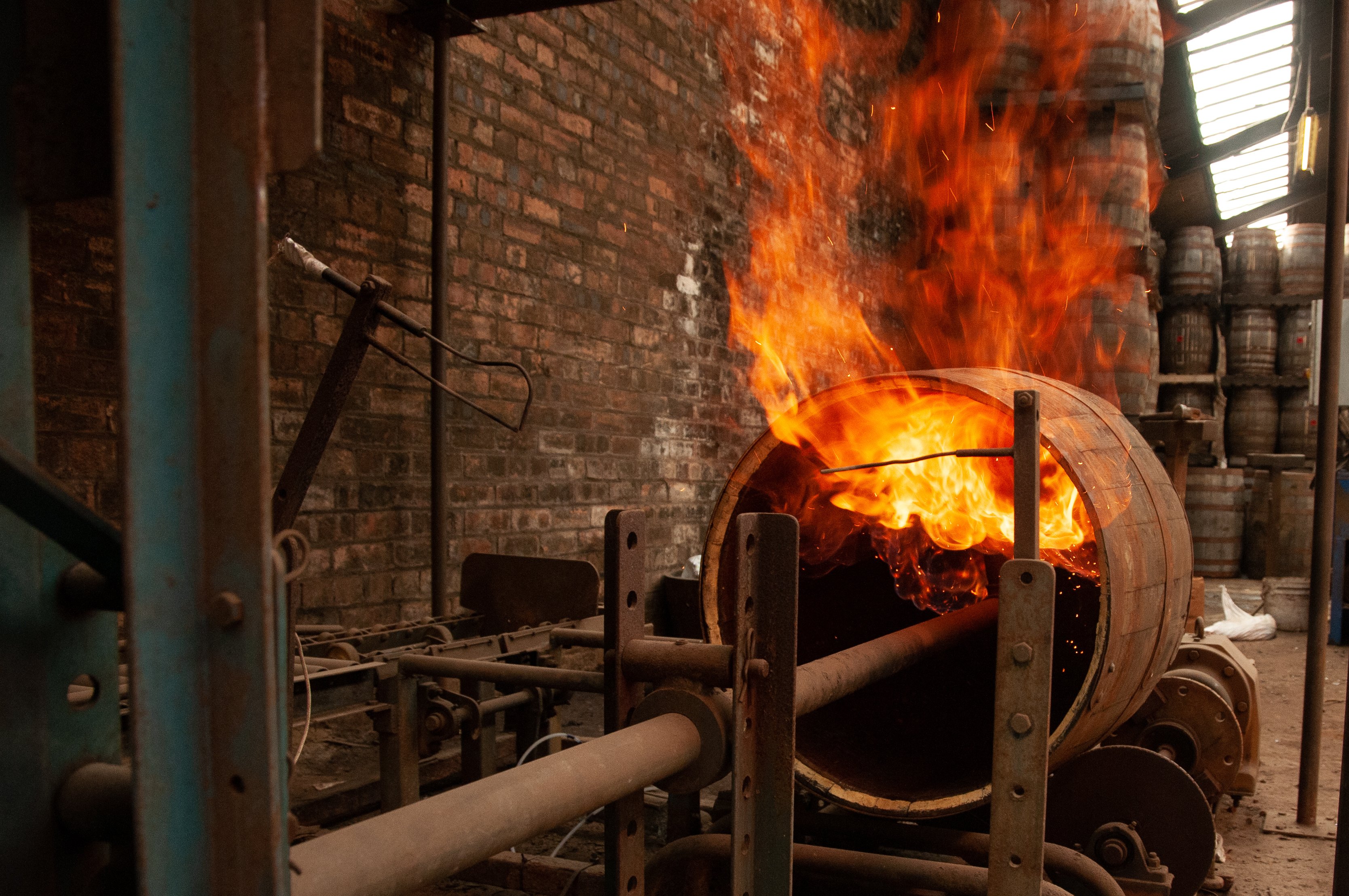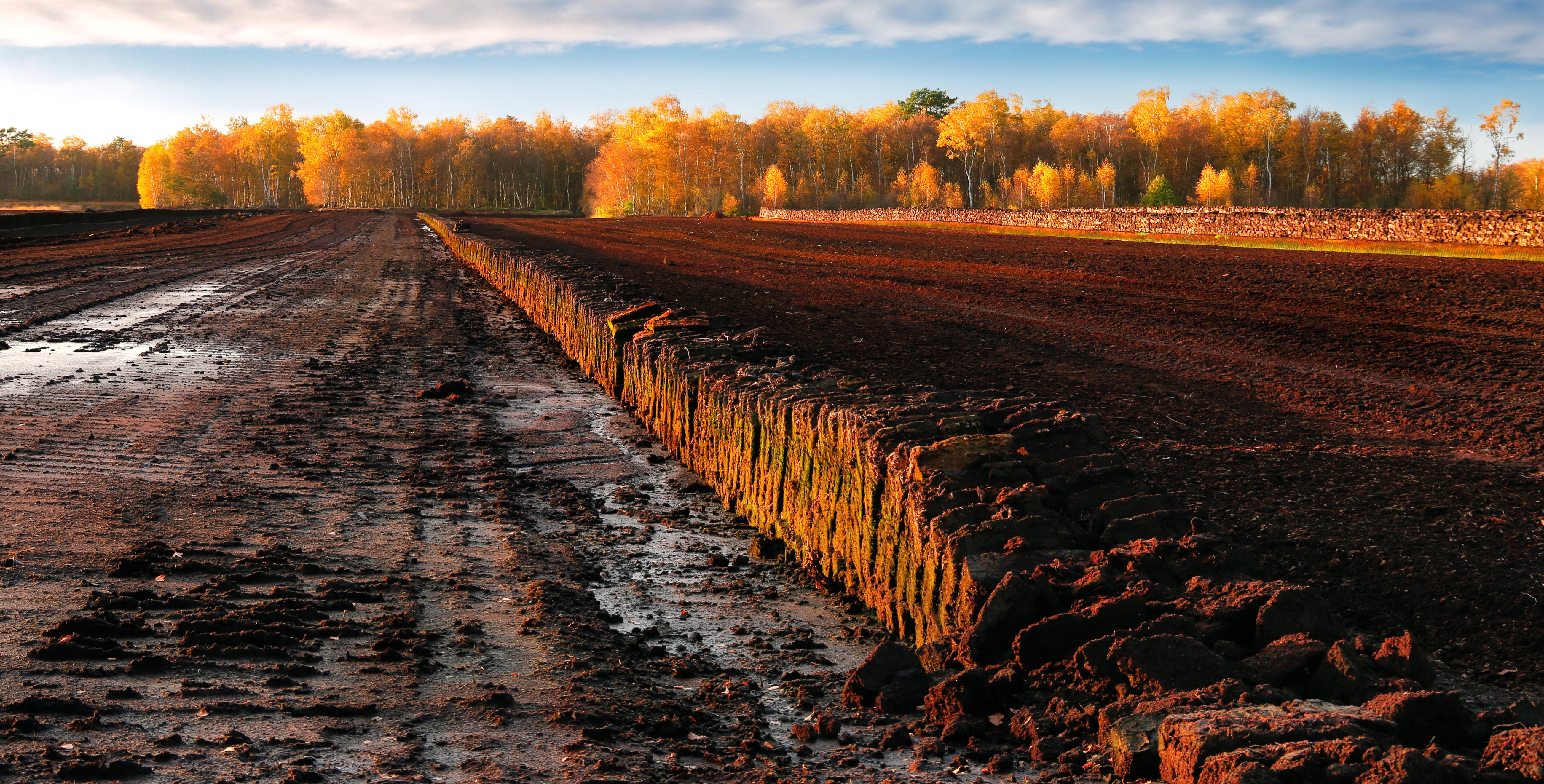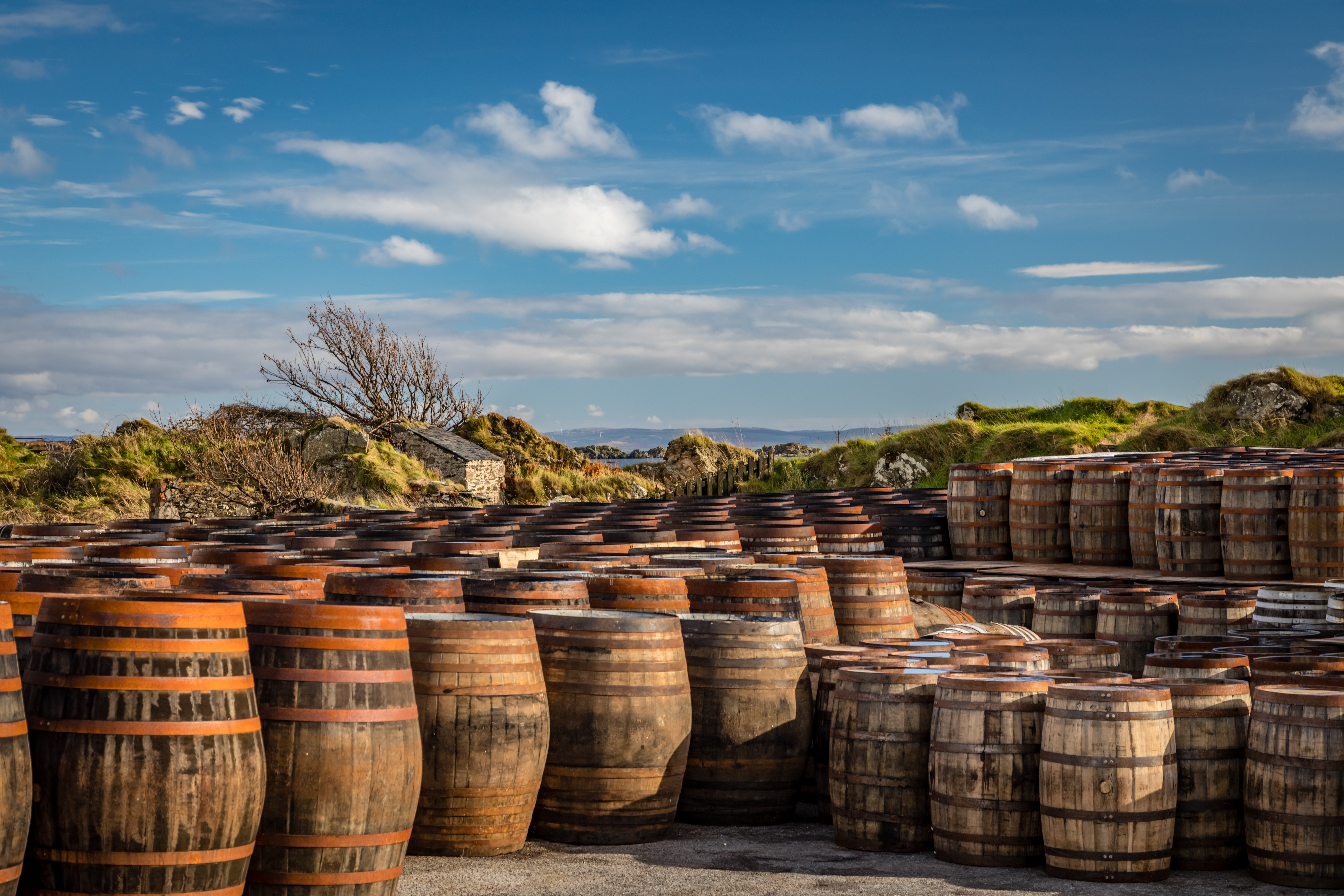Distillation has been around for thousands of years, making its debut roughly 2000 years ago in ancient Mesopotamia. These techniques eventually made their way west, to Ireland and Scotland by monks around 1000-1200 A.D. Grain mash was substituted for the lack of grapes in the region to ferment, resulting in the first iterations of what we know today as Whisk(e)y. As European colonists arrived in the new world in the 17th century, many Scottish and Irish immigrants brought their distillation processes with them, distilling spirits using new types of grains and mash derived from the new territories.
At the same time, the first distillation companies were born. In 1608, Old Bushmills Distillery was licensed in Northern Ireland, now known as the oldest licensed whiskey distillery in the world. Years later, In 1783, the first commercial distillery was founded in Louisville, Kentucky on the banks of the Ohio River by Evan Williams. Fast forward to pre- and post-prohibition in America and hundreds of years of whiskey production and growth in Europe and abroad, the world of whiskey is more vast and diverse than ever before.
So what’s next for whiskey? Let’s take a look at the latest emerging regions and trends around the world of whiskey.
Interested in bev-alc data insights? Subscribe to Provi Pulse today!
Whiskey On The Rise
Gone are the days when the whiskey spectrum was as simple as bourbon and rye. The category has ballooned to new heights, covering more ground than ever before. Entire new regions in and outside the United States and Europe have emerged, and with it, world-class distillates that are challenging what the genre can do. For whiskey lovers, it’s an exciting time to watch the spirit evolve. Let’s look at some of the great and emerging whiskey regions and styles around the world.
 American Single Malt
American Single Malt
One of the most exciting whiskey trends to emerge is the rise of American single malt. Why? According to Forbes, it’s the fastest-growing whiskey category in the United States. There are over 100 distilleries producing roughly 200 expressions of American single malt whiskey using historic and modern barley varieties and a blend of new and innovative fermentation, distillation and maturation techniques to produce a distinctly American whiskey with its own unique flavor profiles.
In 2021, The American Single Malt Coalition, a group of distilleries, met to draft the formal Standard of Identity for American Single Malt Whiskey. After petitioning the American Tax and Trade Bureau (TTB) to apply regulatory guidelines for single malt producers and to legally define what constitutes an American single malt, the TTB officially announced it will publish the American Single Malt Whiskey standard of identity notice of proposed rule-making in the Federal Register. For American single malt, this sets the standard for the category much like bourbon, rye and Tennessee whiskey and constitutes the bedrock for further innovation in the category.
English Whisky
While the English might be known for its ales, they’re less known for their whiskies. However, that’s quickly changing. SevenFifty Daily asked in a recent article, “is it time to start paying attention to English whisky” According to the English Whisky Guild, English whiskies are starting to gain international recognition. By 2023, the volume of whisky production in England is forecasted to grow by 189% from 2019 — a steep rise. Stephen Russell, the founder of Kent-based Copper Rivet Distillery hinted that the canvas for what English whisky is — or can be — is advantageously blank, stating that “we have no real, recent tradition, meaning we have no real legacy to hold us back.” Distillation in England skyrocketed after the 2008 repeal of the Sales of Spirits Act, commonly known as the Gin Act 1751. With no desire to emulate American or Irish whiskey to its west or Scottish whisky to its north, English whisky is relying on its own innovations and interpretations to plant a unique foothold in the category.
Japanese Whisky
While Japanese whisky is by no means a new development, we’ve included it on this list for a few reasons. The category exploded across the industry several years ago and can be found in most collector’s arsenals and across bar shelves and cocktail menus around the world. But until recently, getting your hands on a coveted bottle was easier said than done. With replenished stocks and a shifting landscape, new releases and limited editions have hit the market and with it a new era for the celebrated category. Although the Japan Spirits & Liqueurs Makers Association tightened the definition of what constitutes Japanese whisky and enforced new labeling standards, many new and emerging producers are pushing boundaries, making “American-inspired” blends by aging them in ex-bourbon barrels. With more products on the market, look for Japanese whisky to continue its monumental march to the upper echelons of the whiskey world.
New World Whiskey
With whiskey’s continued spread and popularity around the world, more and more consumers outside of the United States and Europe are becoming tried and true fans. Bolivia, Sweden, Denmark and South Africa are just a few countries that have grown to love the beloved spirit, so much so that they’ve taken it upon themselves to produce their own interpretations and expressions of it.
As defined in The New World of New Whiskey, a whitepaper by Distill Ventures (Diageo’s venture capital arm), New World whisky is either:
- A whisky not produced in Scotland, Ireland, Canada, the US or Japan.
- A whisky made in a style not traditionally associated with the country that it is made in – e.g. American single malt or Scottish rye.
Part of what makes New World whisky so unique is distillers' embrace of ingredient traceability, transparency and diversity. For example, distillers in all parts of the world are looking in their own backyards to source local, heirloom and non-traditional grains, emulating the “terroir” aspect of viticulture to bring a unique expression of whisky that is representative of where it’s made. In return, is a whisky that cannot be defined by any traditional definition other than falling into the New World category that is exploratory and exciting in nature.
Trends to Watch in the World of Whiskey
While English whisky and American single malt expand the whiskey world’s portfolio, it's the small details and trends that drive their emergence onto the scene. Here are some of the trends helping whiskey rise to new heights.
 Terroir-Driven Editions
Terroir-Driven Editions
Earlier, we touched on how “terroir” is a driving force behind New World whisky brands. Once seen as proprietary to wine production, more and more distilleries are sourcing local and non-traditional grains from their own backyards to produce terroir-driven whiskey products. The result is a seed-to-bottle expression that encapsulates the aroma and flavor profile of the area where it’s produced. Producers like Frey Ranch in Nevada and Whiskey Acres in Illinois are at the forefront of this emerging trend.
Regionalism
Similar to terroir, regionalism will continue to emerge as a unique identifier in the world of whiskey. Regional styles incorporate the use of specific ingredients or production techniques to define them. For example, mesquite-smoked single malts to identify the flavors of the American Southwest; the use of regionally-specific “cool-climate” rye in New York State; or more brewery-driven malting methods of the Pacific Northwest.
Experimental Cask and Aging Techniques
For much of history, how distilleries age their distillate has been by and large left to standardization. In more recent years, that’s changed. Producers are experimenting with new aging techniques to produce new interpretations of classic styles. For example, Jefferson's Ocean Aged at Sea Bourbon travels on ships around the world while Angel’s Envy Rye is finished for 18 months in used Caribbean rum casks. Expect to see more use of European oak barrels, larger cask formats, a variation on char levels and even regionally-specific cask finishings.
Celebrity-Owned Brands and Limited Edition Bottling
Last, we’ve seen the influx of celebrity-owned or endorsed brands flood the market — from Matthew McConaughey’s co-created Wild Turkey Longbranch to Bob Dylan’s Heaven’s Door series to Nick Offerman’s, Lagavulin Offerman Edition 11-Year Single Malt. The trend doesn’t look to slow down anytime soon. Expect more brands to team up with celebrities and athletes in the near future — and with the success of George Clooney’s Casamigos (sold to Diageo for upward of $1B) — even more celebrity-owned brands entering the market.



Comments